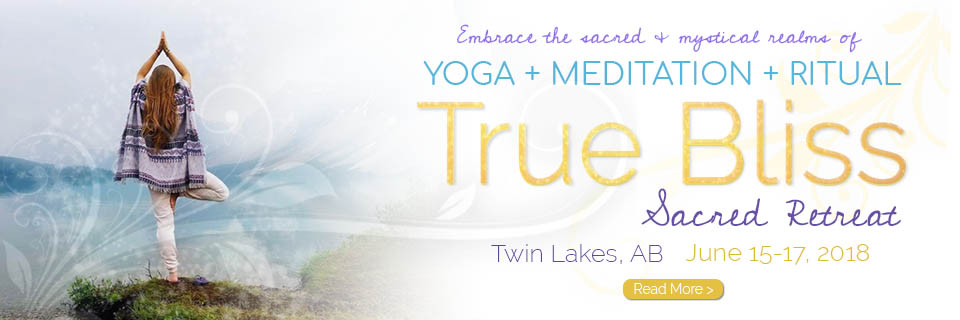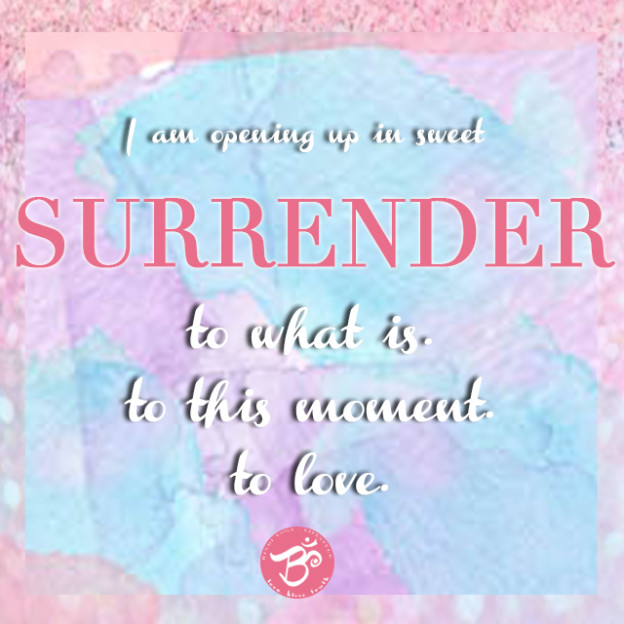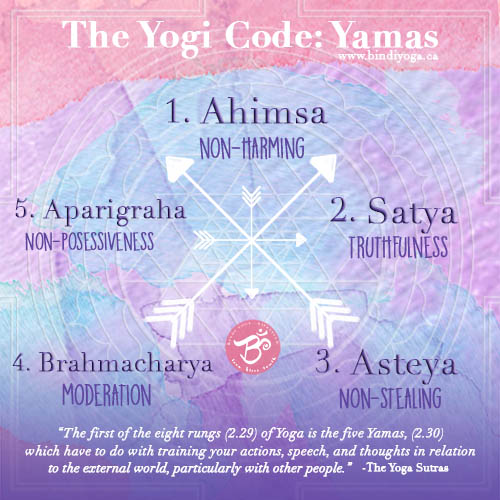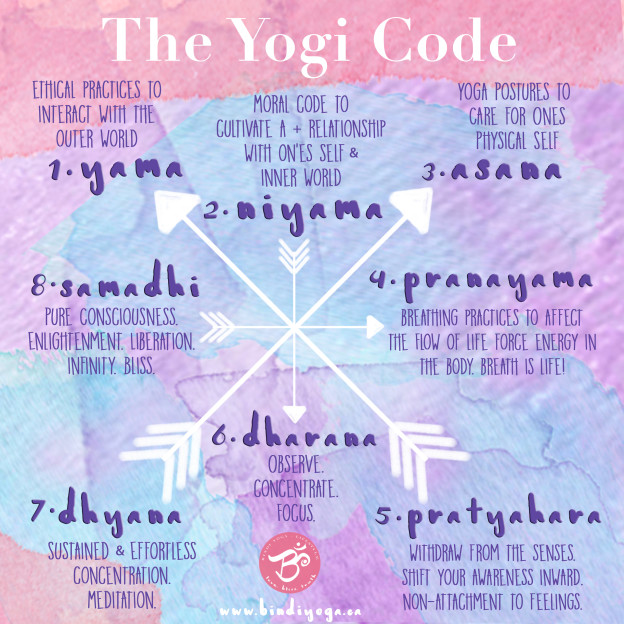“Stop fighting and resisting. Try something different – surrender.” – Rumi
MY STORY ON SURRENDER
Four years ago, I found myself at an ashram in Thailand, studying yoga and meditation. I arrived disoriented from heartbreak, dizzy with confusion, incredibly lost and feeling alone. I had been practicing, and teaching yoga for years already, but recent life events left my mind turbulent, my heart shattered and my body locked up like a box.
At this training in the jungle on a foreign island, I held my sad, beaten heart in my hands and presented it to my teachers. They consoled me, and told me that even when I felt like I was suffocating in meditation, to just keep gently breathing into that tender spot in the center of my chest.
“It will open and heal,” they promised.
After a month of intense practice, Asana, (yoga postures,) Sadhana, (daily spiritual practice,) meditation and journaling, we sealed our time together with a closing ceremony. A fire homa they called it. It smelled like incense and the fire they created with palm leaves was warm and bright. Our teachers dotted the space between our eyebrows with sacred ash, red turmeric and sandalwood— or something like that.
At the end, we were given small slips of paper, and were asked to write our Sankalpa, our intention, that we would like to carry with us into the year ahead.
Almost instinctively, my heart traveled down my arm, through my hand and into my grip on the pen, and begged for surrender.
“I am opening up in sweet surrender,” it wrote.
At that time, I really didn’t know what it meant for me, or how this nine letter word would present itself in my life for a whole year.
I devoted myself, and my life to that intention. In times I found myself anxious and worried, tightening my grip on life, and structuring how things ought to be, I soothed myself with this word— surrender. This word dissolved my armor, it woke up my sleepy eyes, and finally, my heart broke open.
Literally, in meditation one day, a cracking sound thundered from the bones of my sternum followed by a flood of blissful tears flowing from my face.
Surrender unchained me from myself. I opened up to the whole Universe, and the Universe opened up to me.
 SURRENDER IN YOGA
SURRENDER IN YOGA
In Sanskrit, we call the concept of surrender Ishvara Pranidhana. Surrendering (Pranidhana) to a higher source; to the Divine (Ishvara.) Beautiful.
“Surrender is the intersection between acceptance, and change.” – Unknown
With all of my heart, I know that surrender is not submission. It is not backing down. It is not irresponsible, laziness, passivity or being unambitious. It does not mean ‘giving in’ nor does it mean ‘losing’ control or a battle.
The only thing you will lose by surrendering, is frustration, bondage and suffering.
The art of surrender is means to yielding to the flow of life with radical acceptance, ease and grace. Surrender is the opening of our hearts to the unknown, and trusting with faith in the Perfect unfolding of Now. Surrender is a process of letting go of the ‘small’ Self to the ‘big’ Self in each moment. Surrender is an opportunity to tune into the qualities of openness and receptivity to invite total freedom and peace into our lives. Surrender is Freedom.
SURRENDER VS CONTROL
+ Acceptance | Resistance
+ Being | Doing
+ Releasing | Grasping
+ Openness | Closedness
+ Softness | Security
+ Yielding | Resisting
+ Fluidity | Rigidity
+ Ease | Effort
+ Flow | Stagnation
+ Flexibility | Breakable
PRACTICE SURRENDER: ISHVARA PRANIDHANA
1. Release how you think things ought to be, and appreciate things as they are. Surrender the expectation that something is wrong if it doesn’t go according to your plan.
2. Steep in the Bliss of simply Being, instead of always doing.
3. Let go of ego, expectation, judgement and attachment- to outcomes, to things, to people, to ideas or concepts.
4. Surrender to the Truth of your Experience in every moment – whatever that is. In this moment there may be happiness, frustration, contentment, anger, joy, shame, gratitude or grief. There is nothing personal about your thoughts or emotions. They are simply phenomena passing through your awareness. Allow these experiences to come and go- without resisting displeasurable ones, or clinging to pleasurable ones.
5. Give yourself the permission to really feel what you feel, because what you feel, you heal. What we resist, persists. And while emotions and thoughts aren’t personal, they are valuable pieces of information. Pain informs Strength. Confusion informs Clarity. Failure informs Wisdom. Grief informs Compassion. And so on.
6. Open yourself up to the Perfect Bliss of Now, instead of resisting it or wishing life were any other way than it is. Wholeheartedly engage with each and every moment, as it is, and recognize the Absolute Perfection in it all.
7. Have faith and trust that you always have been, always are, and you always will be supported by Life. You are living proof that you’ve survived every moment of your life so far – and will continue to thrive. Life gives us precisely what we need in each and every moment for our hearts to open and souls to Awaken. Trust that you are exactly where you need to be. Surrender to the process and have faith that all is perfect.
8. Be open to the possibility that something may be greater than you alone and what you are able to control. Surrender your fear and pain, and witness something far greater than that which the fear was trying to protect.
You are not a salmon, so stop swimming up stream. Practice Ishvara Pranidhana. Go with the Perfect Flow of Life. Surrender to what is. Surrender in pigeon pose. Surrender to love. Surrender, and Be Free.
How can you surrender to move through life with peace, ease, grace and fluidity?









